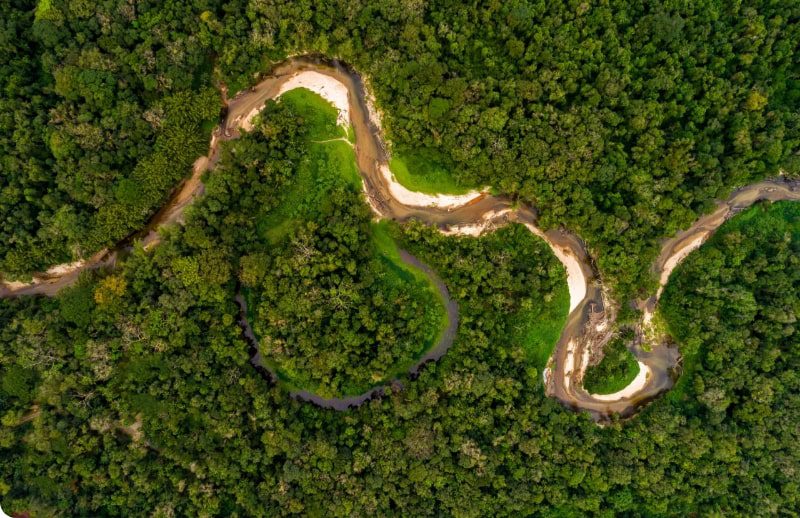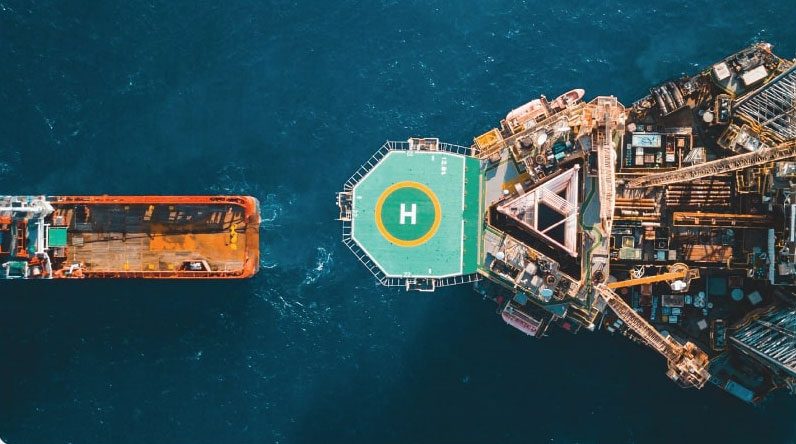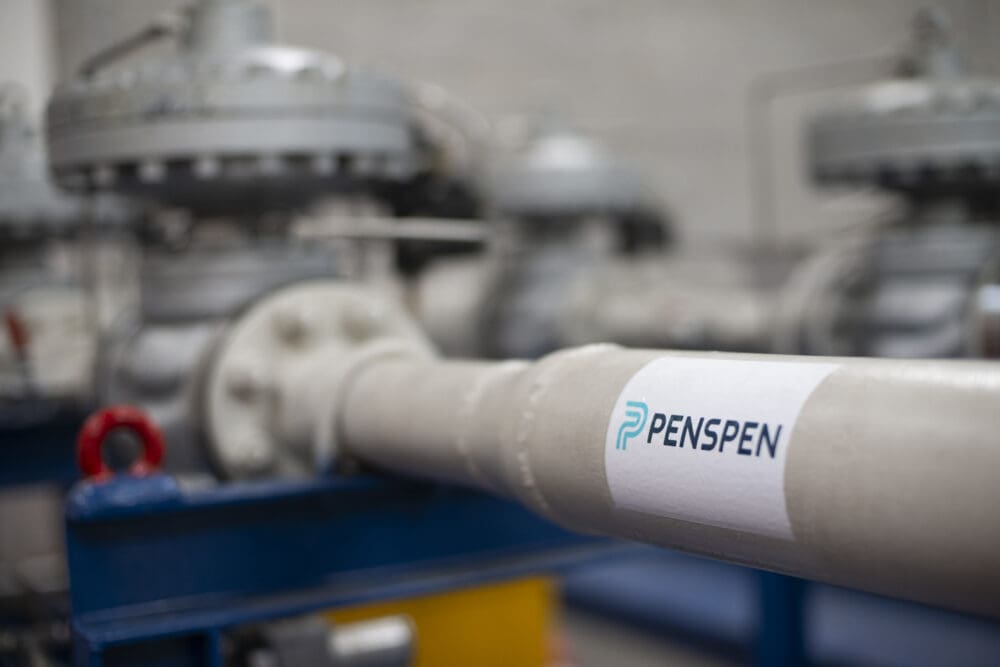Carbon Capture and Storage for National Grid in the UK
Project Background
National Grid commissioned Penspen to undertake a research and development feasibility assessment into the possibility of transporting carbon dioxide (CO2) in its gaseous phase, using part of its National Transmission System (NTS) pipeline network.
Services
- Outline solution, comprising basic engineering sufficient for completion of a feasibility study for an onshore and offshore pipeline system. This formed part of our client’s bid for follow-on work (FEED)
- Optioneering work to compare up to 6 different onshore section pipeline routes against 12 criteria derived from a range of environmental, social, technical, planning and other sources and recommend a route that best satisfied the criteria
- Preparation of offshore route survey documents and an Invitation To Tender (ITT) package
- Planning, consultation and consent for 3 route options (with a preferred option identified), to enable submission to the PWA & Local Planning Authority (LPA) and obtain approvals before the specified milestone date
Solution
The main issues considered were the disconnection of the feeder from the National Grid natural gas pipeline network, the suitability of the existing valves and piping systems for CO2 operation and the toughness properties of the pipe.
Penspen carried out a feasibility study for CO2 pipeline routing (offshore and onshore) to transport supercritical CO2 from a proposed new coal- fired power station on the British mainland to a depleted gas field located in the southern North Sea.
Result
- The 238km onshore route option included a tie-in with an existing short-length offshore pipeline (36km) that runs to the injection field while
- The offshore route option had a total length of 271km, comprised of 11km onshore (from the power station to landfall) and 260km offshore





